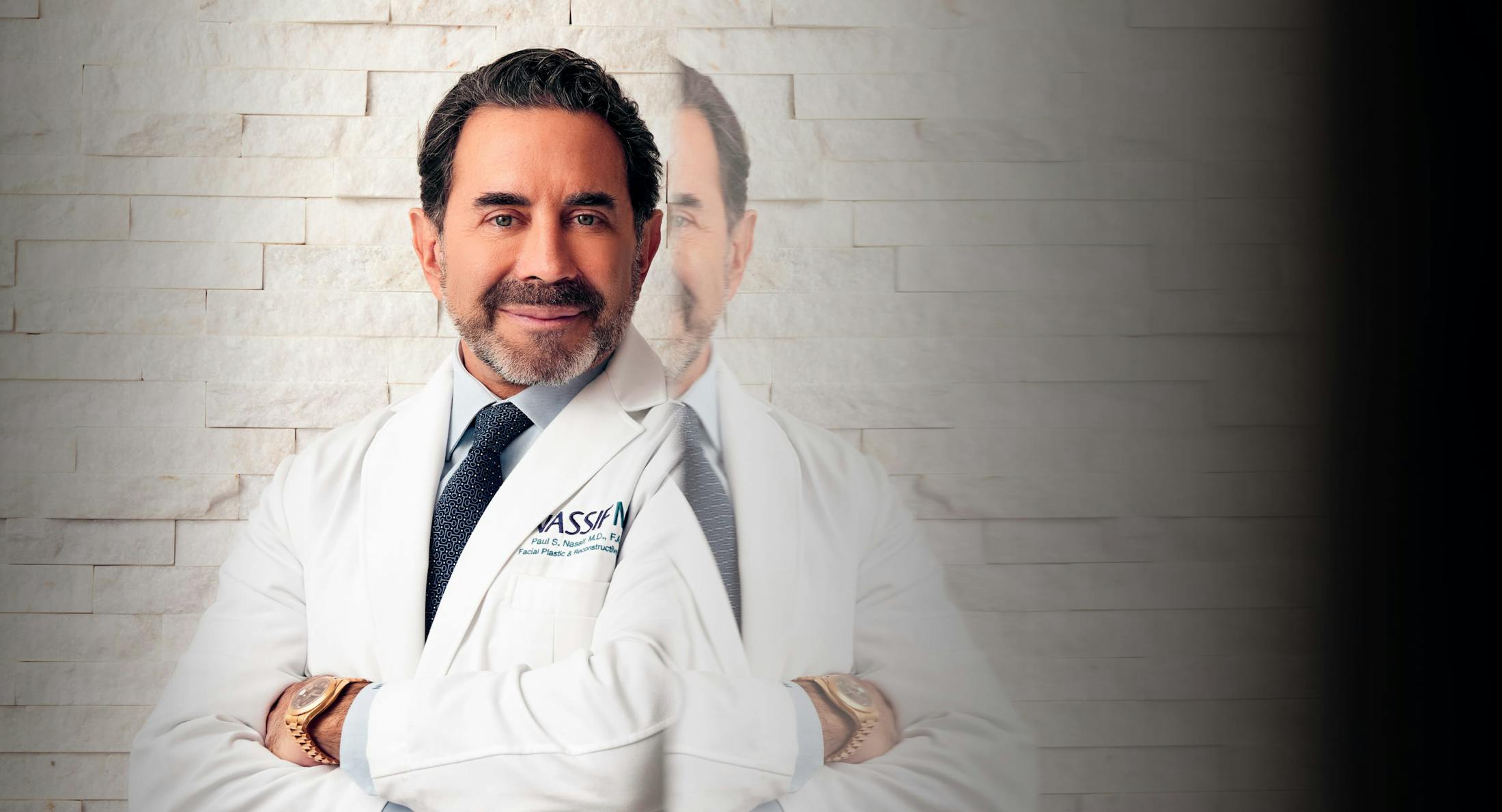Middle Eastern rhinoplasty is not a different way of performing a rhinoplasty procedure, it is simply a rhinoplasty procedure that accounts for the common ethnic facial structures prominent in members of patients of Middle Eastern descent. The goal of any rhinoplasty procedure is to provide patients with a natural and balanced nose that is in proportion with the patient’s facial features. Because the proportions and relationships between facial features, as well as skin type and tissue structure differs between ethnic groups, there is no magic formula that can meet the needs of all patients.
Patients of Middle Eastern descent tend to have thick and sebaceous skin on and around the nose and face. The nasal tip often droops or projects further than patients desire. The dorsum (bridge) often has a noticeable hump and the nostrils are often wide-set. Overcorrection in patients of any ethnicity can cause the face to fall out of proportion, and patients may no longer be able to identify as strongly with other members of their ethnic background. Any of these features can be altered, but it is important to alter them only to a certain degree when dealing with a patient of a particular ethnic group. This will allow them to maintain normal proportions.
A common attribute among many patients of Middle Eastern descent is the presence of thicker skin, which can be more of a challenge for surgeons to work with. Of course, there are exceptions to every rule and the doctor will carefully discuss options and recommendations with all patients before settling on a final course of action. During a consultation, the surgeon will examine a patient’s nose and discuss any potential problems or areas of concern. Among the factors that will affect the results of a surgery are age, ethnicity, skin type, and any nasal deformities or injuries. Abnormalities such as a deviated septum will need to be addressed in order to prevent complications such as breathing problems after patients have recovered. These functional problems can be repaired along with the aesthetic changes that take place.
Dr. Nassif is highly skilled in Middle Eastern rhinoplasty as well as many other ethnic rhinoplasty procedures. To learn more about the possible results you could obtain through a Middle Eastern rhinoplasty procedure, the best choice is to schedule a personal consultation in which the doctor can meet with you in person and give you a personalized idea of what is possible and what is best for you.

